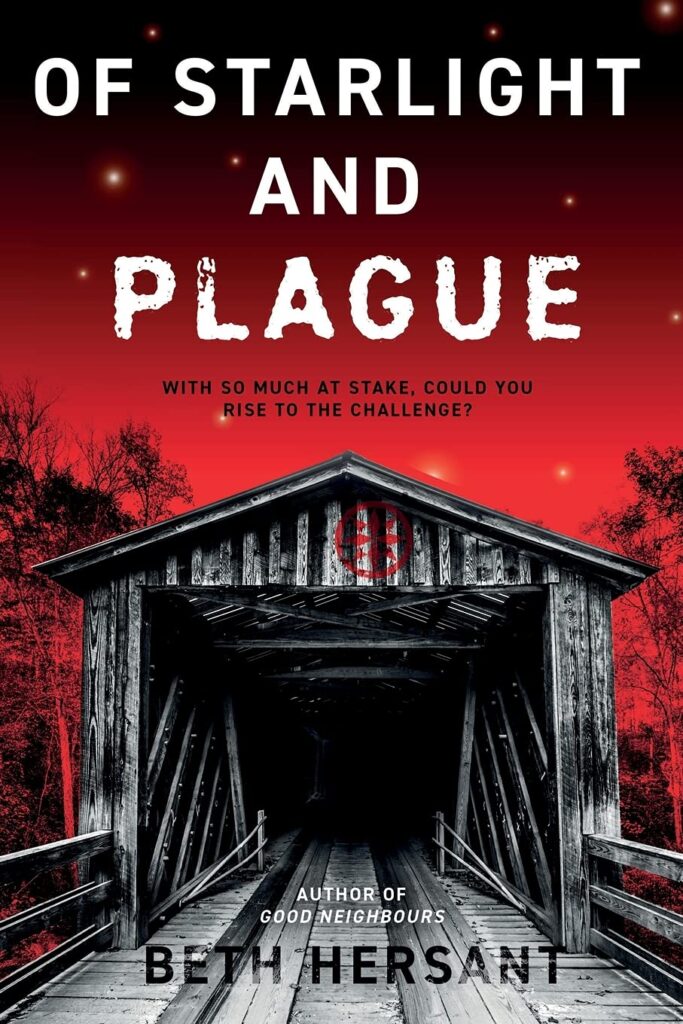 A catastrophic spiral of human folly and unflinching perseverance, Of Starlight and Plague by Beth Hersant is a stunning cautionary tale, and an engrossing dystopian thriller. Whether you’re a lover of zombie fiction or a sucker for stories about genetic engineering, this novel is a slow-burning but riveting ride.
A catastrophic spiral of human folly and unflinching perseverance, Of Starlight and Plague by Beth Hersant is a stunning cautionary tale, and an engrossing dystopian thriller. Whether you’re a lover of zombie fiction or a sucker for stories about genetic engineering, this novel is a slow-burning but riveting ride.
After an impossible-to-predict tragedy robs him of his daughter, shortly after losing his wife, Dr. Aaron Pickman turns a corner in his life. Fueled by grief, he dedicates his life to finding a cure for rabies, the rare culprit in his daughter’s case, while also possibly revolutionizing drug-delivery techniques to the broader benefit of the world.
Unfortunately, Pickman’s passion unwittingly unleashes a virus onto the world that rivals the Black Plague. The New Rabies is a twisted take on other infections from this disturbing genre, and readers are given an intimate peek as it spreads around the world, long after its creator has succumbed to its maddening symptoms.
One story branches into many, and while these plotlines receive less attention than the original thread of the narrative, they make the reading deeply relatable. The book has a familiar focus – normal people experiencing fear in the face of societal collapse, the demonstration of resilience for those around you, and perseverance when the odds are impossibly stacked – but they are integral to the emotional impact of the novel. Ultimately, as is the case with most dystopian stories, this character-driven work is compelling because readers are made to care about the people and their plight.
Over the course of just a few chapters, readers are led from dramatic memoir to apocalyptic fiction, and the hooks of this story are quickly and firmly set in place. After the science-heavy first half of the novel is complete, the pace of the story hits hyperdrive, much like the aggression and unpredictability of the countless infected. Some of the scenes are intensely graphic, such as the familial feast at the start of Part Three, but these scenes aren’t gratuitous without reason; they set a stomach-twisting mood that is oddly addictive. Given the events of the past two years, watching the speed with which a deadly virus can explode through a population may be triggering, but it also makes this novel difficult to put down.
The writing style, in general, stands out as a reflective piece of personal journalism, offering an almost detached voice above the fray. The matter-of-fact narration of this apocalyptic crisis will send shivers up the spine during the author’s finest moments of prose. In this way, the book is reminiscent of The People in the Trees by Hanya Yanagihara, boasting a clinical style of documentation that blends seamlessly with vivid descriptions, vaguely unbelievable events, and poetic turns of phrase. However, in the case of Hersant’s novel, the horrific fruit of Dr. Pickman’s labor is depicted with the sterility of lab notes, making for a truly jarring and chilling reading experience.
On the technical side of things, the editing is remarkably clean, and there hardly seems to be a word that wasn’t intentionally chosen. Some of the dialogue falls a bit flat or becomes repetitive, e.g. many conversations revolve around someone being bitten – but these are very minor critiques in this patient, sinister, and carefully crafted work of apocalyptic fiction.
Overall, this rapturous novel is a creative take on the zombie genre that readers should rabidly devour.
Available At

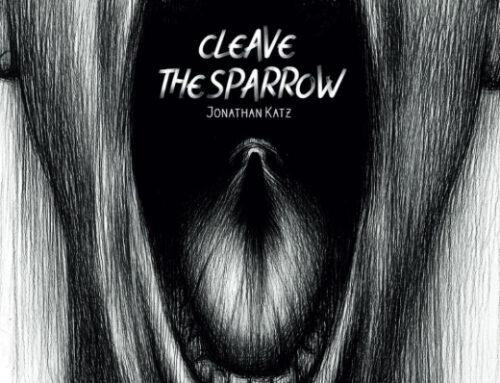

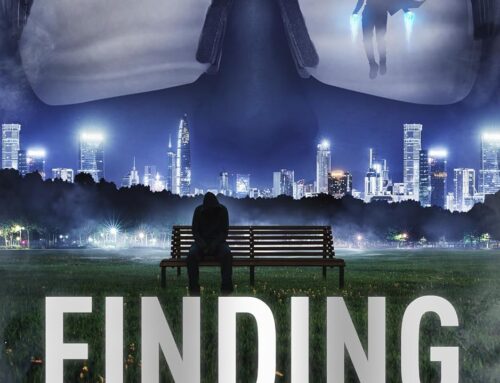












Leave A Comment